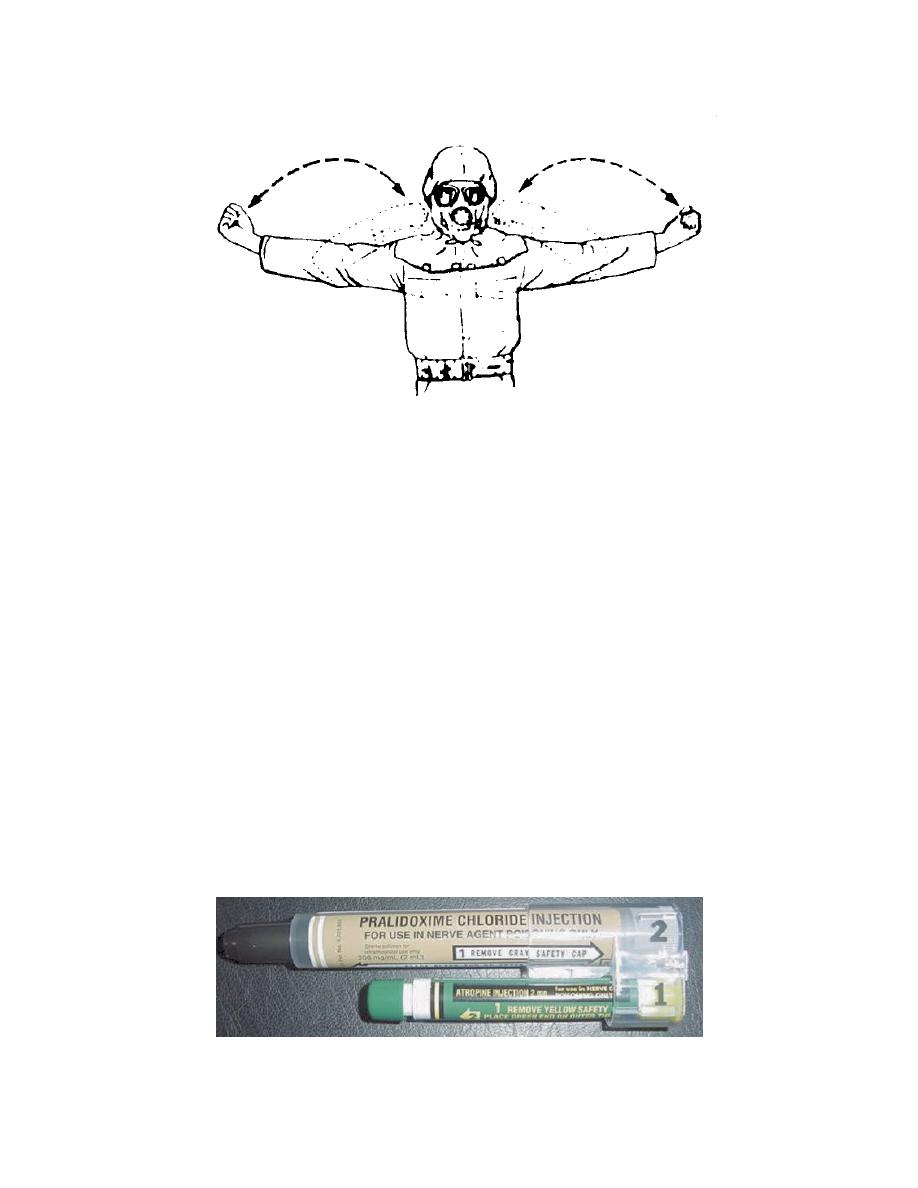
Figure 8-1. Arm and hand signal for chemical attack.
a. You detect signs and symptoms of nerve agent poisoning in yourself or
another soldier.
b. The alarm on a mechanical chemical agent detector device sounds.
c. Your M9 detector paper changes color.
d. Some artillery rounds explode less powerfully than they should.
e. Bomblets from an aircraft or a rocket pop rather than explode.
f. An aircraft sprays a mist or gas.
8-7.
ADMINISTERING NERVE AGENT ANTIDOTE
If you are having signs and symptoms of nerve agent poisoning, administer one
nerve agent antidote kit (NAAK) to yourself. There are two types of NAAK--the
MARK I (figure 8-2) and the Antidote Treatment-Nerve Agent Autoinjector (ATNAA)
(figure 8-3). Both use atropine and 2-PAM chloride (2-PAM Cl). The MARK I has two
autoinjectors, one with atropine and the other with 2-PAM chloride. The ATNAA has
both chemicals in a single autoinjector. Each soldier carries three NAAKs and one
CANA autoinjector.
Figure 8-2. MARK I nerve agent antidote kit.
IS0877
8-6



 Previous Page
Previous Page
